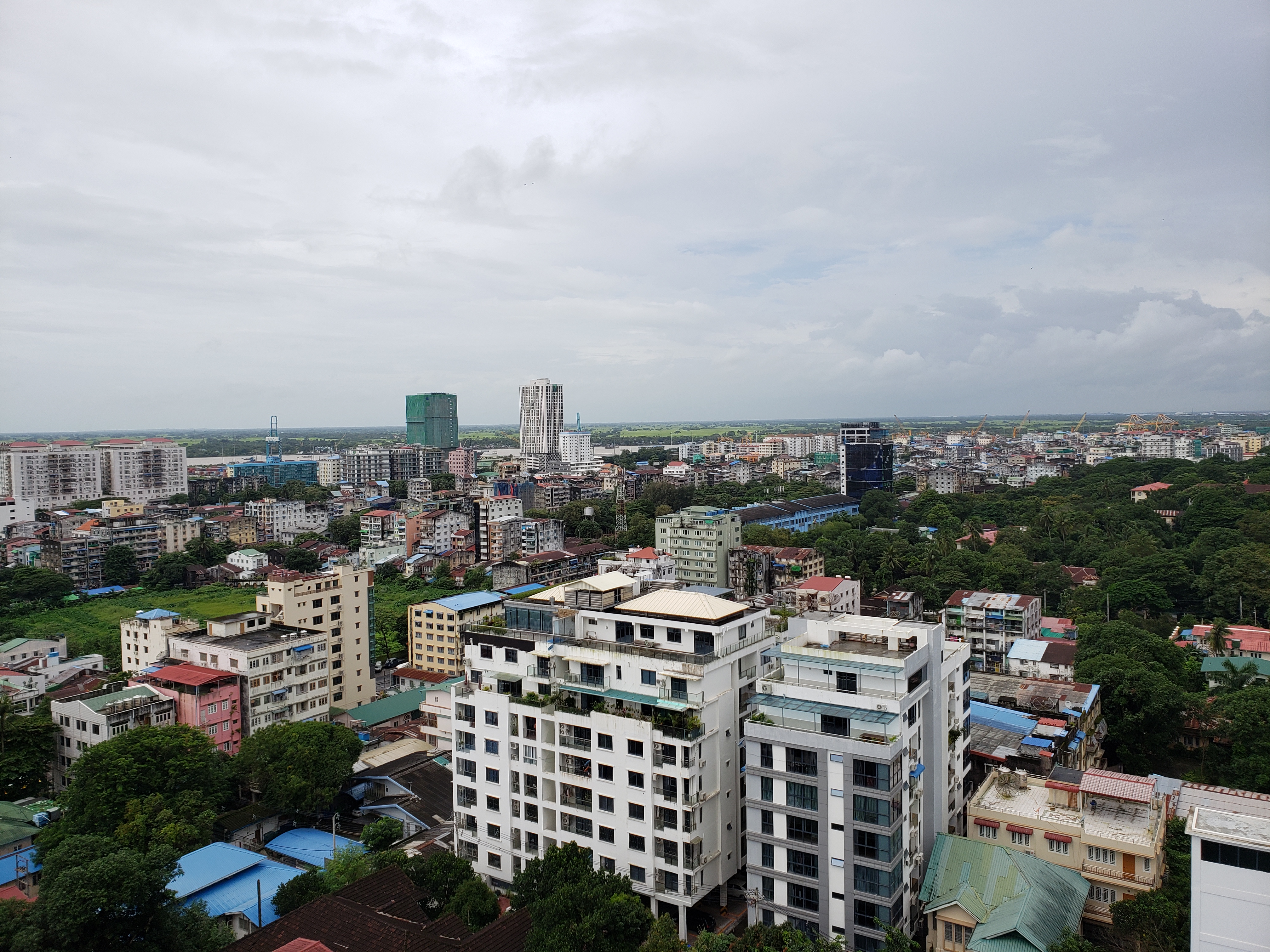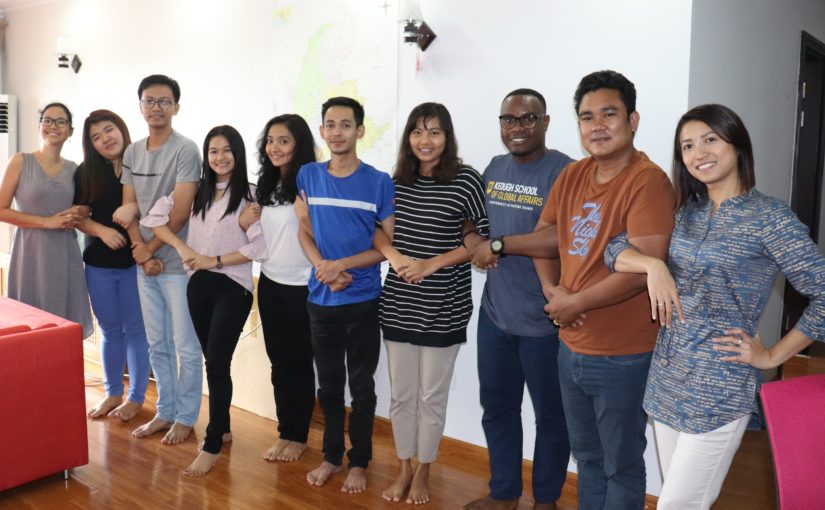To what extent should outside peacebuilders (or newcomers) display optimism for positive social change despite the presence of protracted conflicts in an environment? This is a question that I struggle to answer as I engage my Master of Global Affairs field experience in Myanmar.
Based on my interactions so far, it is clear that as long as local populations, who are the most affected by the conflict, demonstrate optimism, then outside interveners should keep the faith and continue to show solidarity with them. This attitude, I would argue, should be part of the professional ethics and individual responsibility of [outside] peacebuilders, and shape how we engage with conflict-affected populations. The strength that communities need to transform conflict relationships, achieve long-term social change, and thrive is often embedded in their collective display of resilience, positive attitudes, and belief that violent conflicts will de-escalate or disappear.

Myanmar is a beautiful country with a rich culture, substantial mineral deposits, and a friendly people. Despite these endowments, different complex issues continue to drive conflict escalation and frequent clashes between the country’s military, called Tatmadaw, and ethnic armed organizations (EAOs) in different parts of the country. Continued conflicts in Shan and Rakhine states are just one of the major conflicts that occur around the country. The continuation of fighting in locations like Rakhine State reveals the complexity of contextual issues and how the outcomes of the conflicts shape relationships among citizens. Ethnonationalism, ethnocentrism, demand for political autonomy and resource control, and the weaponization of religion to incite hate are some of the factors that sustain the conflicts. A continuous polarization of identity and broader national security by different armed actors, including the government, threatens social cohesion and the possibilities of achieving integral human development, a core principle and goal of the Keough School.
Achieving sustainable peace and human flourishing in environments affected by high-intensity conflict is difficult. As I engage in deep reflections about opportunities that exist amid the complexity in Myanmar, interactions with youth help me realize that outside peacebuilders’ emphasis should be on integral human development and integral peace. Pursuing both goals emphasizes the importance of “carrying everyone along.”
However, the optimism of many groups who are working beyond narratives of hate and stereotypes demonstrates significant hope for peace and conflict transformation in the country. This optimism is further amplified by the existence of civil society organizations, like RAFT, whose organizational make-up reflects a dynamic mix of technical capacity, contextual awareness and sensitivity, firm resolve and commitment to collaborative peacebuilding actions, and a desire to build peace across various identities. My immersion in Myanmar, through the guidance of RAFT, enables me to more deeply understand the ethics associated with engaging local contexts, being sensitive to different dynamics that exist, carefully triangulating information, and maintaining the best attitude and poise that is required to manage conflicts.
It is evident that because the sources of conflicts often emerge from local populations, they are better placed to develop locally-owned and locally-driven solutions for transforming their problems. Therefore, as a peacebuilder and participant-observer, it is my responsibility to interact cautiously within this space. Because we do not wish to do harm, peacebuilders should recognize that we are not “saviors,” but “facilitators” of positive social change. We may be experts with technical capacity, but may never be experts of local solutions. Therefore, supporting local populations to identify and leverage available resources and utilize their agency to build peace is one of the greatest gifts that outside peacebuilders or interveners can give in any context.

The growing level of hope for a peaceful Myanmar among young people stirs their resolve to display group solidarity regardless of their ethnic or religious inclinations. I remember Min Nyan Shwe, a young colleague at RAFT, telling me one time that “even though there is fighting everywhere, we know things will change one day.” This hope expands the space for mobilizing collective action towards reducing discrimination, strengthening the agency of youth to pressure conflict actors to end violence, promoting social cohesion, and transforming narratives that have divided citizens for decades.
My interactions with many young people have also opened my eyes to the paradox of a peacebuilder’s position. Although the positionality of peacebuilders provides power, legitimacy, and increases access to resources, our work will be more effective when we channel our resources toward sustaining the optimism growing among local actors, regardless of the difficulties that they face. It is not “what” peacebuilders offer to transform conflicts that often matters; it is “how” these resources are transmitted that sustains peacebuilding.

As peacebuilders enter new environments, we automatically become a part of the context and its issues. Our vocation is one that requires us to identify and create solutions constantly. Solutions are easily recognized through genuine and deep reflection, respect for context, awareness of sensitivities, developing and maintaining the right relationships, and a display of humility to learn through the processes that shape us.
Peacebuilding is a conscious journey toward identifying opportunities for inclusive and sustainable solutions, despite the existence of structural and institutional complexities. Solutions are not always created. Sometimes, they are already available at our fingertips. We only need to reflect, visualize them, and overcome the fears and constraints that the environment may create towards implementing them.

